Craft celebrating the successful launch of the Soyuz 2.1v from Site 43, Pad 4, Plesetsk Cosmodrome operated by ROSCOSMOS

– The Soyuz 2.1v is the smallest sibling to the current R-7 Family Rocket to be in operations as it lacks the four strap-on boosters making this a small-lift launch vehicle
Mission - Razbeg 1
Due to the classified nature of this mission, very little is known about the characteristics of the Razbeg 1 satellite. The Razbeg 1 (the Russian word for “run-up”) is a small military optical reconnaissance satellite manufactured by the NPP VNIIEM based in Moscow, Russia. It has a mass of ~250 kg (551 Ib).
It is reported that its design has some similarities with the US SkySat 1 series of Earth imaging satellites. The Razbeg 1 satellite features a camera built by the Belarusian company OAO Peleng that works in panchromatic mode and has a ground resolution of 0.9 meters.
The Soyuz 2.1v has already been used seven times to carry military satellites into space; six of them were successful. Its maiden flight took place on December 28, 2013.
Where is the satellite going? :
Sun-Synchronous orbit (SSO), at a 97° inclination
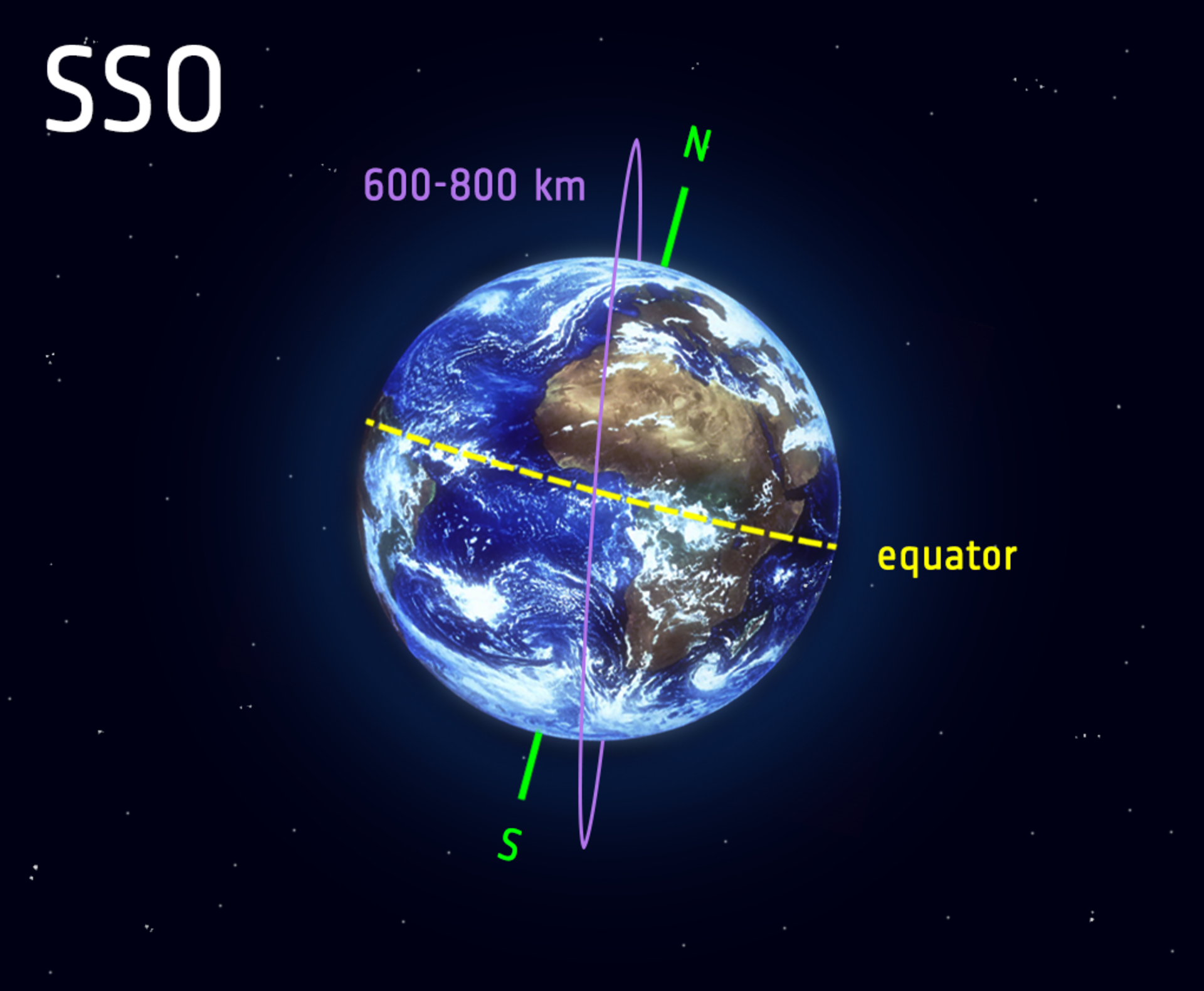
Rocket: Soyuz 2.1v
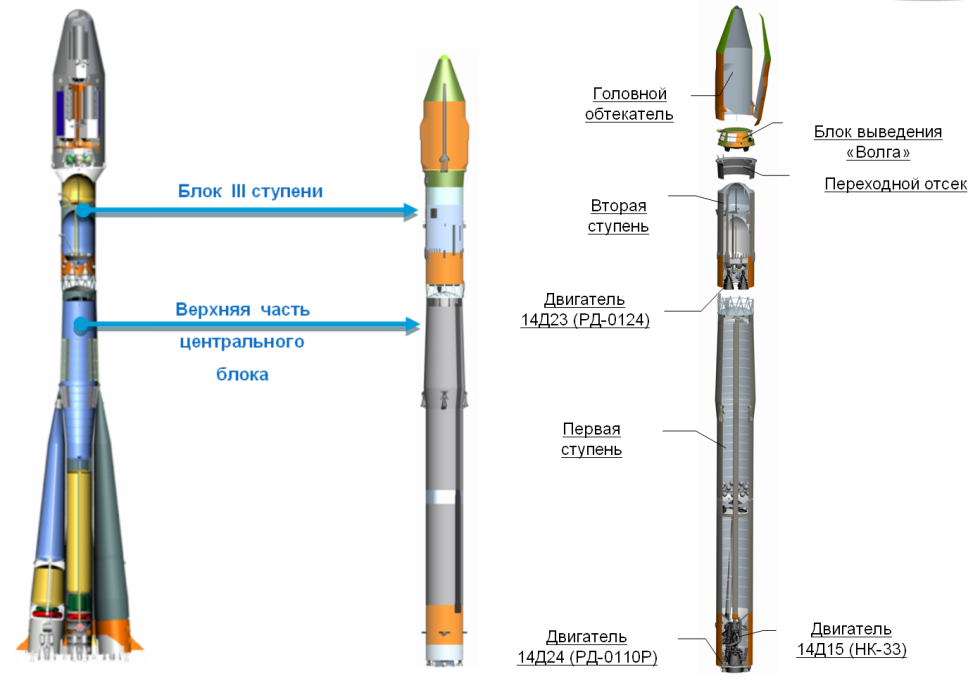
ROSCOSMOS’s Soyuz is a multi-use medium-lift launch vehicle that was introduced in far 1966 and since then has been the workhorse of the Soviet/Russian space program. It is capable to launch civilian and military satellites, as well as cargo and crewed missions to the ISS. Over the decades, several variants of the Soyuz rocket have been developed. Soyuz 2.1v is one of its latest iterations that belongs to the Soyuz-2 rocket family and is based on the Soyuz 2.1b.
However, the Soyuz 2.1v drastically differs from other family members, the Soyuz 2.1a and Soyuz 2.1b. Unlike them, the Soyuz 2.1v is a small-lift launch vehicle that lacks the four strap-on boosters. Consequently, this rocket does not feature the “Korolev cross”, a pattern that happens when the four side boosters separate from the core stage.
The Soyuz version currently being used consists of:
- a central core (stage 1)
- an upper stage which is common to all Soyuz rockets (stage 2)
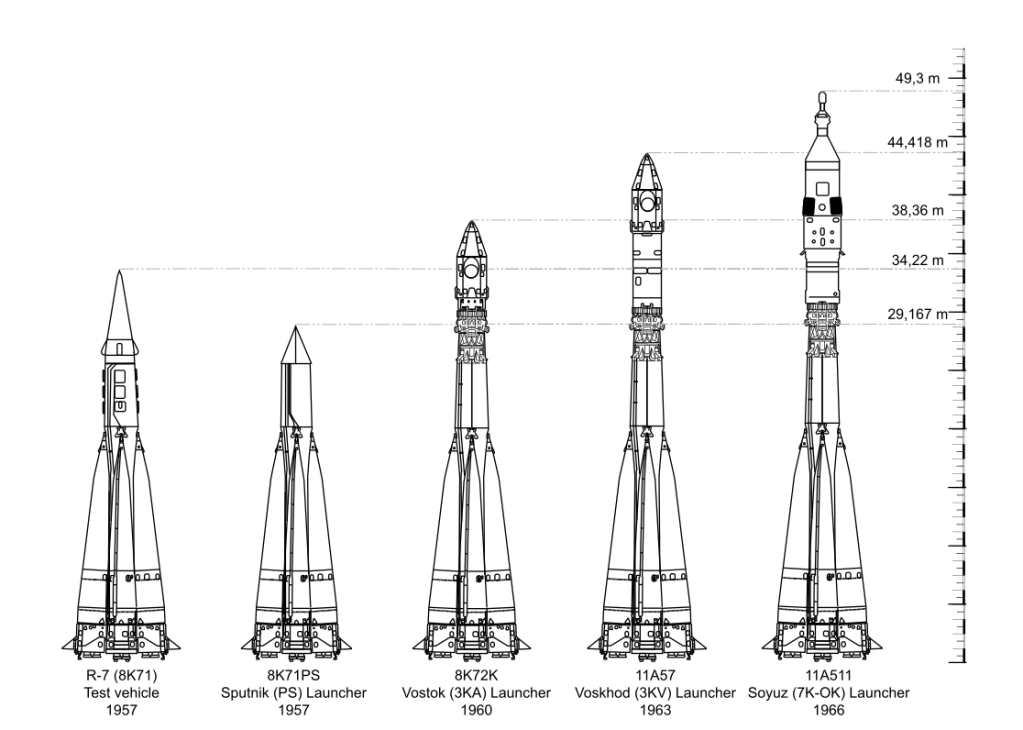
————————————
Craft Notes:
- Auto-Launch to Orbit by Preprogrammed Vizzy. (Throttle 100%)
- Multiple Pad and Rocket Camera setups (with launch clams cameras)
- Launch Clamps to hold down rocket
- Preprogrammed Vizzy for Launch to final insertion orbit (>550 x 500 km) at a 97° inclination
*1. Fairing Deploy to be done after 100 km AGL (manuallly)
2. Allow stage 2 to completely burn out
3. Manually separate stage 2 and stage 3 after stage 3 ignition
4. Jettison stage 3 shroud (cover) after circularisation burn begins (manually)
*5. Orbit adjustment & Payload deploy to be done manually
————————————
Credits:
Predecessor Craft by UlmSpaceAgency - Soyuz TMA-M
Vizzy by: KAL
Modifications to Rocket, Space-craft and Vizzy by OrbiteX
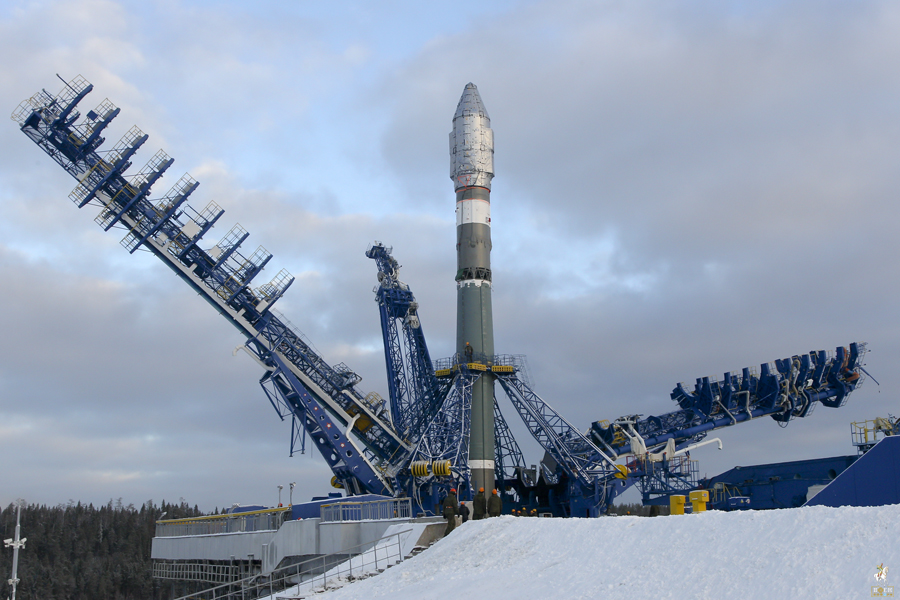
GENERAL INFO
- Created On: Mac
- Game Version: 0.9.802.0
- Price: $14,891k
- Number of Parts: 358
- Dimensions: 45 m x 85 m x 85 m
PERFORMANCE
- Total Delta V: 2.4km/s
- Total Thrust: 3.7MN
- Engines: 22
- Wet Mass: 5.81E+5kg
- Dry Mass: 2.04E+5kg
STAGES
| Stage | Engines | Delta V | Thrust | Burn | Mass |
|---|---|---|---|---|---|
| 1 | 4 | 1.3km/s | 62kN | 2.94hours | 5.81E+5kg |
| 2 | 8 | 678m/s | 1.8MN | 3.1m | 5.81E+5kg |
| 6 | 8 | 355m/s | 1.6MN | 29s | 1.39E+5kg |
| 13 | 1 | 57m/s | 177kN | 6s | 17,421kg |
2 Comments
- Log in to leave a comment
-
3.8 years ago
the soyuz 2.1. v has an nk-33 engine in the first stage, a single-chamber engine your rocket has a four-chamber engine

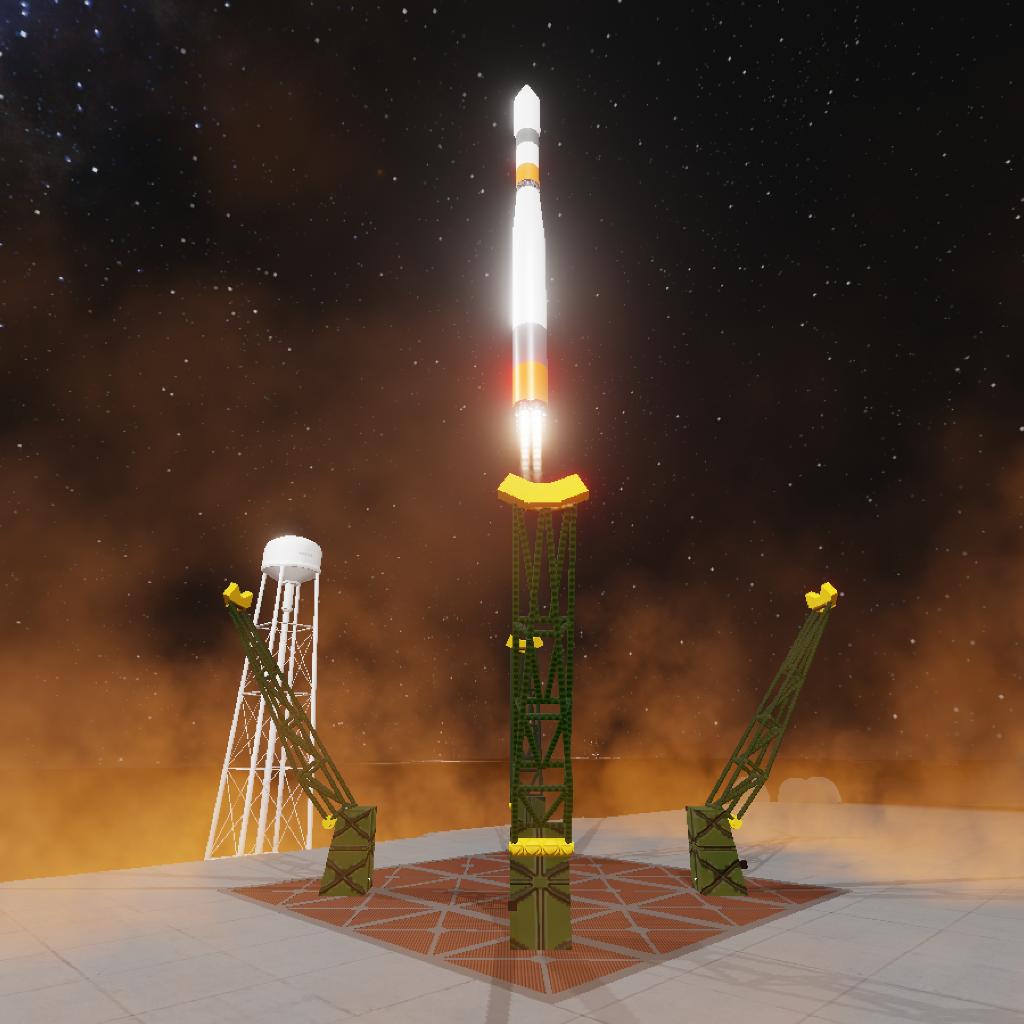
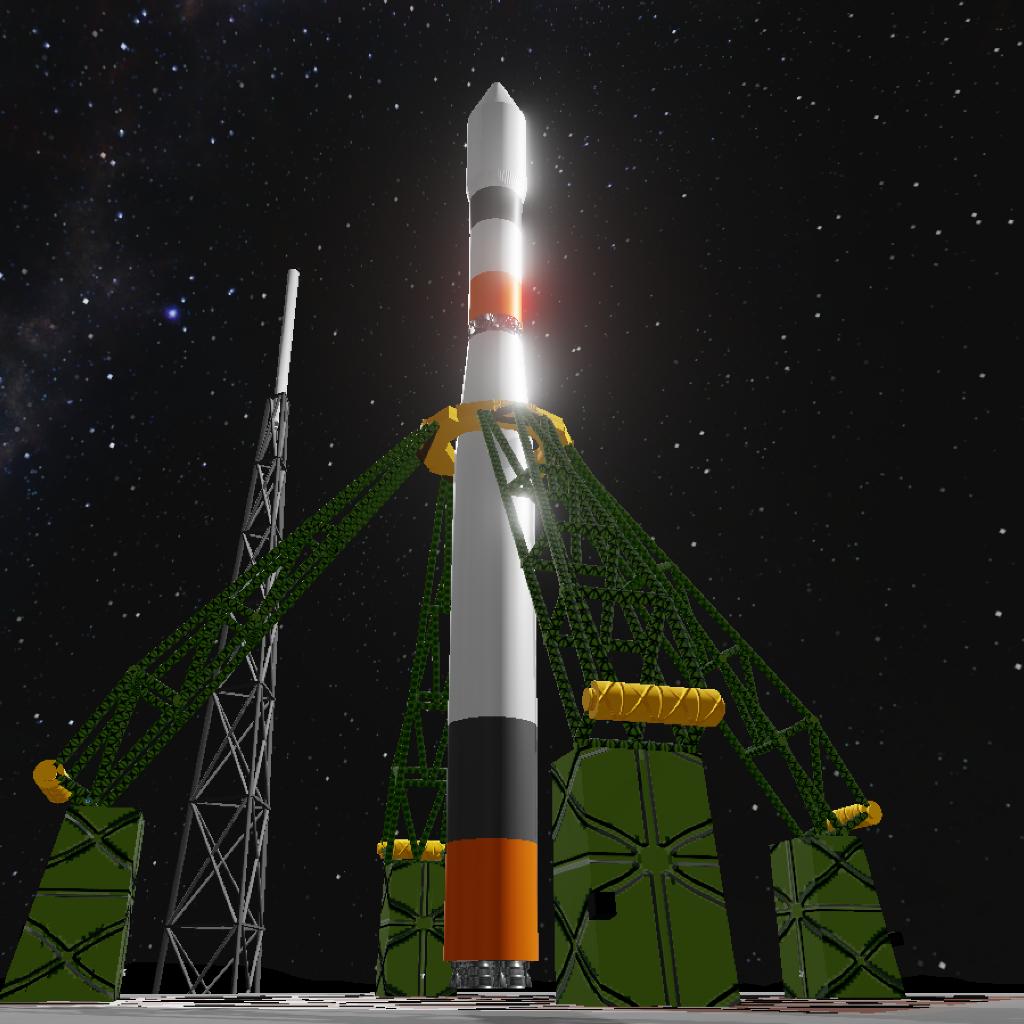
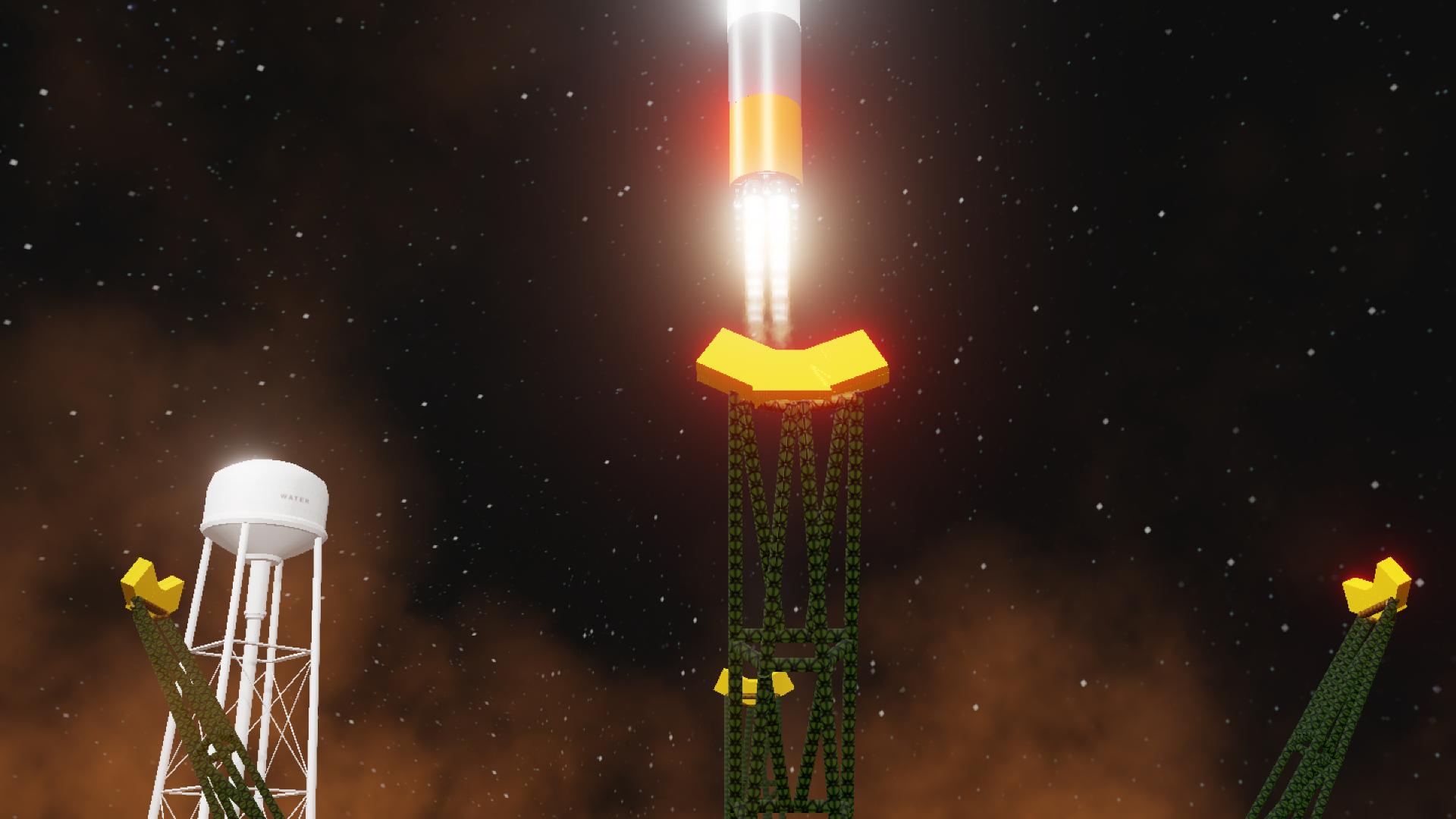
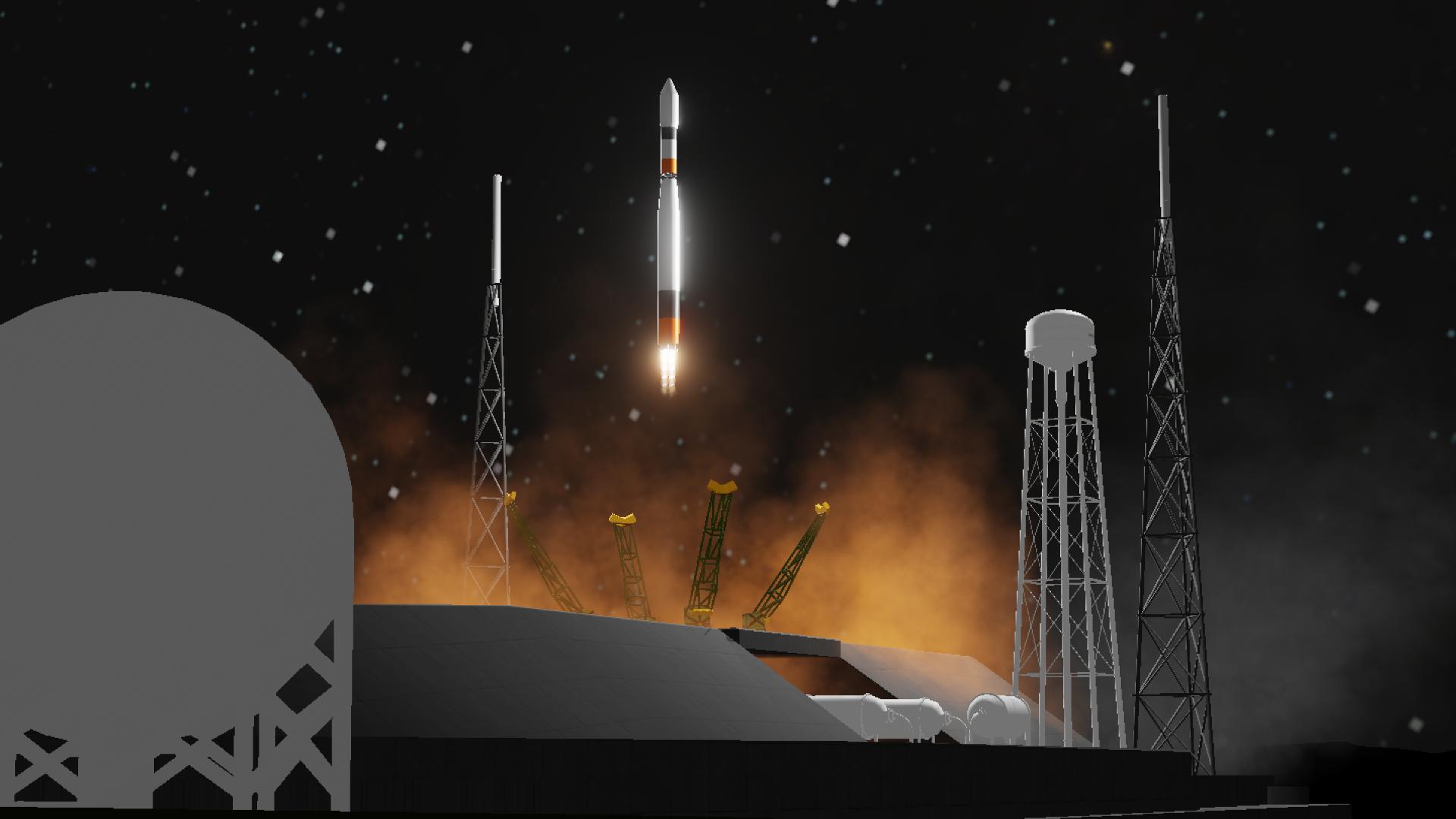
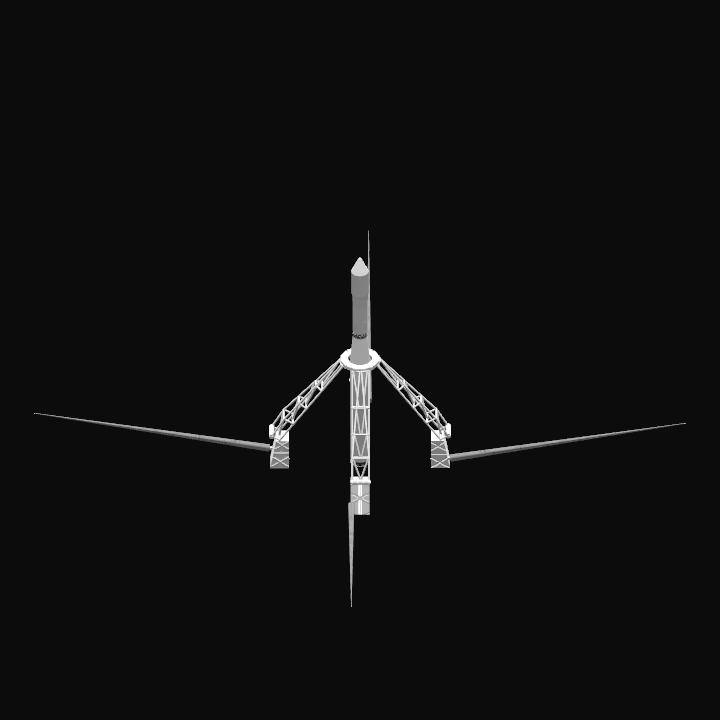
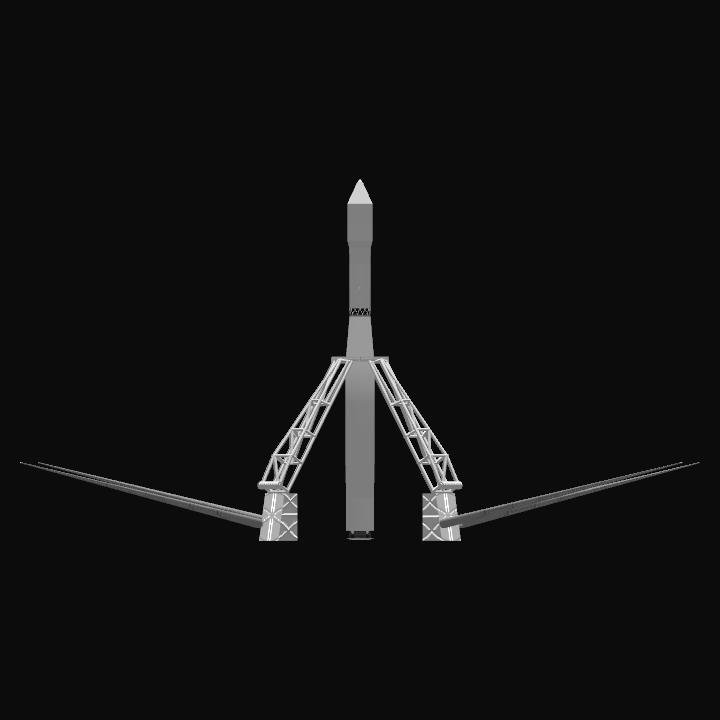
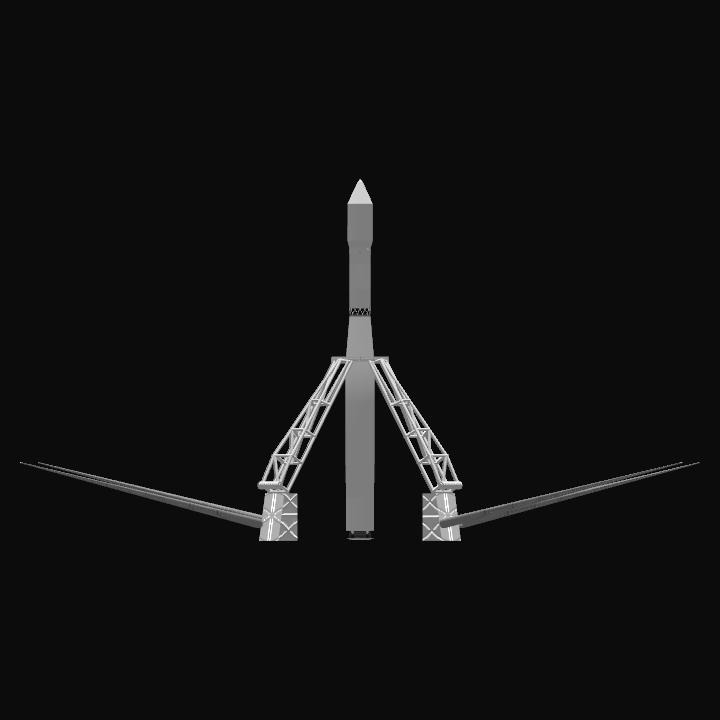
@ProfessorTechnik288 Yes! Im trying to work on that engine and to optimise it for this programme. Should be out with the next 2.1v release